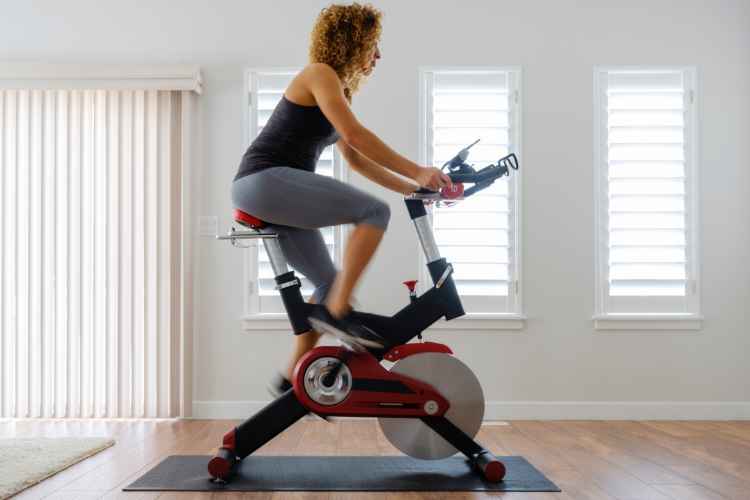Finding the right exercise equipment is crucial for rehabilitation and recovery from injuries or surgeries. Upright bikes offer a gentle yet effective solution for individuals seeking low-impact exercise during rehabilitation. This article will explore the benefits of an upright exercise bike for rehabilitation and how it can aid recovery.
Low-Impact Exercise for Gentle Recovery
One of the primary advantages of upright bikes for rehabilitation is their low-impact nature. For individuals recovering from joint injuries, surgeries, or conditions like arthritis, high-impact exercises may be too strenuous or risky. Upright biking allows for gentle movement of the joints without placing excessive stress on them, promoting improved circulation, range of motion, and muscle activation.
Increased Joint Mobility and Flexibility
Upright bikes help improve joint mobility and flexibility during the recovery process. Continuous pedalling on an upright bike promotes fluid movement of the knees, hips, and ankles, essential for regaining joint function. Regular sessions on the bike can increase joint range of motion, reduce stiffness, and enhance overall flexibility.
Strengthening Muscles and Building Endurance
Rehabilitation often involves strengthening weakened muscles. Upright biking engages various muscle groups, including the quadriceps, hamstrings, glutes, and calves. By regularly using an upright bike, individuals can gradually build muscle strength, improve muscular endurance, and regain lost muscle tone. This gentle yet effective muscle activation helps support overall recovery and rehabilitation efforts.
Cardiovascular Health and Stamina Improvement
Maintaining cardiovascular health is crucial during the recovery process. Upright bikes provide a safe and controlled environment for cardiovascular exercise. Pedalling on an upright bike can increase their heart rate, improve circulation, and boost their cardiovascular endurance. Regular cardiovascular exercise on an upright bike helps individuals regain their stamina and overall fitness level, which can be affected during periods of reduced activity.
Balance and Coordination Enhancement
Many injuries and surgeries can affect an individual’s balance and coordination. Upright biking helps in improving these aspects by promoting stability and enhancing proprioception. As individuals pedal on the bike, they engage their core muscles and practice maintaining balance. This not only aids in balance recovery but also helps in regaining coordination, leading to improved overall motor skills.
Gradual Progression and Customised Intensity
Upright bikes offer customisable intensity levels, allowing individuals to tailor their workouts to their needs and limitations. The resistance on upright bikes can be adjusted to match the individual’s fitness level and rehabilitation goals. This gradual progression helps ensure a safe and effective recovery process, allowing individuals to gradually increase their exercise intensity as they regain strength and endurance.
Psychological Benefits and Motivation
Engaging in regular exercise during rehabilitation can have significant psychological benefits. Upright biking provides a sense of accomplishment, boosting mood and motivation. It offers a positive outlet for individuals to focus on their recovery journey and work towards their goals. Additionally, the endorphins released during exercise improve mental well-being and overall quality of life.
Improved Posture and Spinal Alignment
Another notable benefit of using upright bikes for rehabilitation is improving posture and spinal alignment. Proper posture is crucial for overall body mechanics and can play a significant role in injury prevention and recovery. Upright biking encourages individuals to maintain an upright position, engaging the core muscles and supporting the spine’s natural curvature. Regularly practising proper posture on the bike can strengthen their postural muscles and promote optimal spinal alignment, leading to improved body mechanics and reduced strain on the joints and muscles.
Conclusion
An upright exercise bike offers a gentle and effective exercise option for rehabilitation individuals. The low-impact nature of upright biking provides a safe environment for joint movement, muscle strengthening, and cardiovascular exercise. Consult with a healthcare professional or physical therapist to determine the appropriate usage, intensity, and duration of upright biking for your rehabilitation needs. Embrace the benefits of upright bikes and embark on a successful recovery journey with this versatile exercise equipment.

